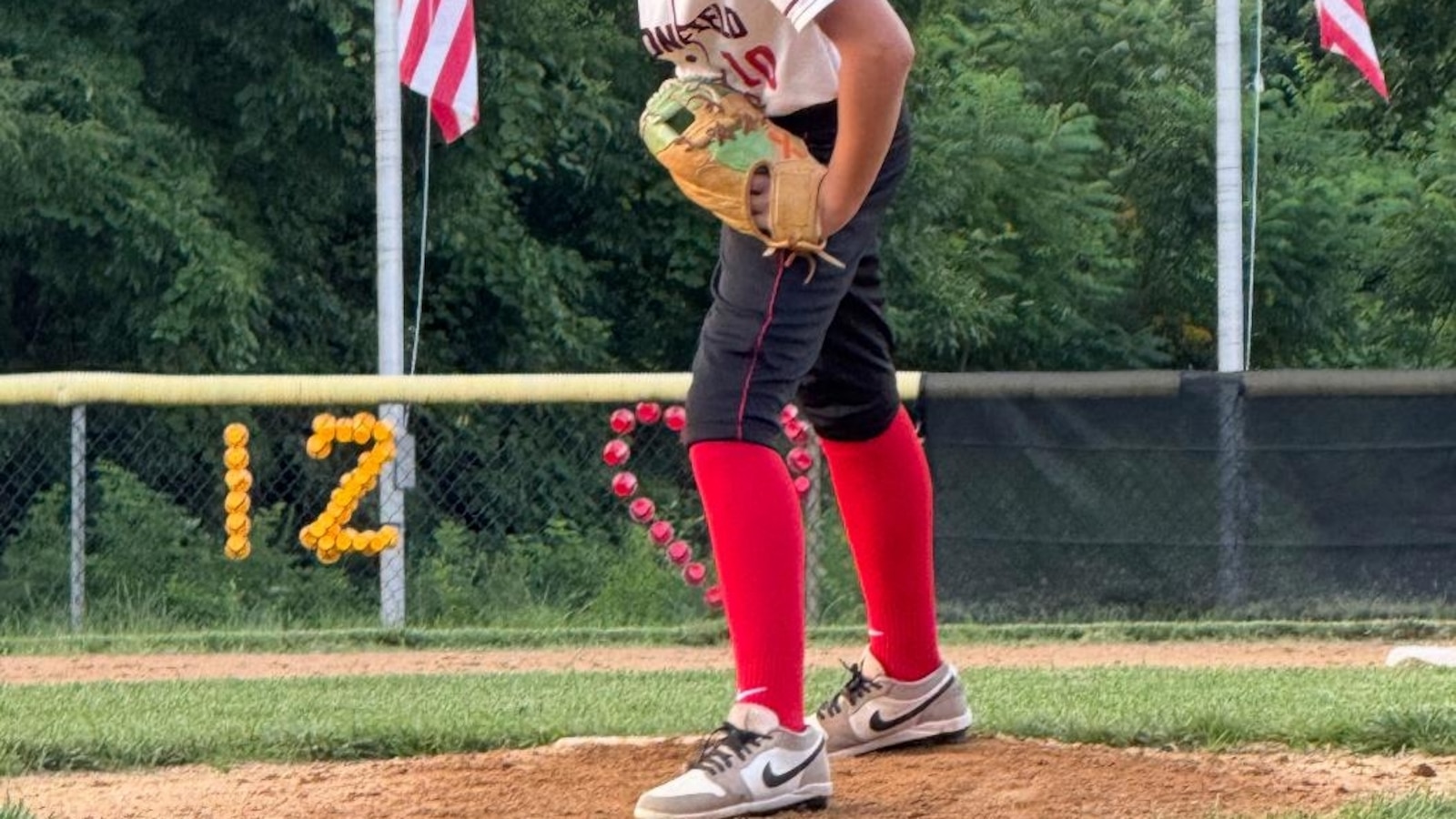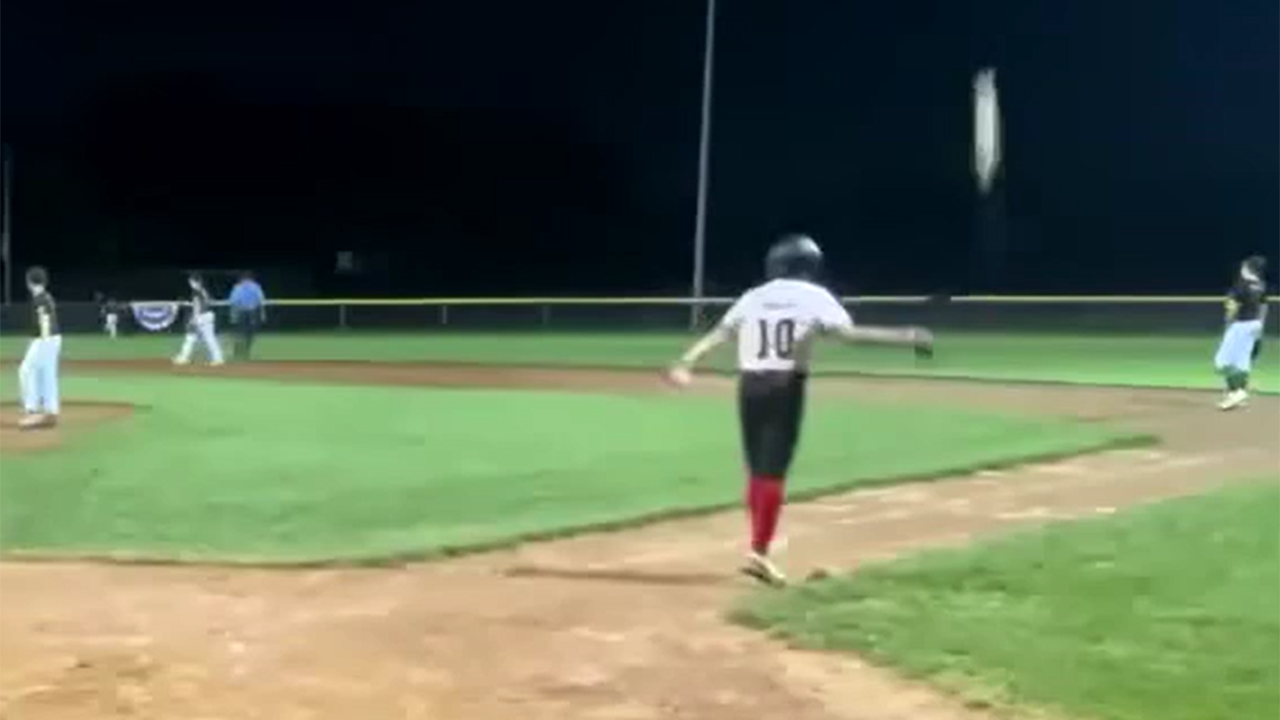In a scenario that highlights the clash between enthusiasm and authority in youth sports, 12-year-old Marco Rocco of New Jersey has been suspended for flipping his bat after hitting a dramatic game-winning home run. His joyful celebration, meant to express the thrill of triumph, has instead left him distraught at the thought of missing his team’s upcoming state tournament game. The suspension has ignited a firestorm of debate around the interpretation of sportsmanship rules as enforced by the Little
Did You Know
Bananas are berries, but strawberries aren't.
?
AD
League governing body.
The irony is striking: the very act that led to Marco's suspension is one that Little League has promoted on its social media platforms, creating confusion and frustration among players and parents alike. Supporters of Rocco argue that expressions of joy, like bat flipping, are an integral part of the game and should be celebrated rather than penalized. The response from officials has raised questions about the overall culture of youth sports, where the balance between discipline and enjoyment seems increasingly precarious.
As the controversy swirls, a parent from a rival team has publicly come to Rocco's defense, criticizing the umpires for what she describes as an unclear enforcement of the rules. Additionally, Rocco's father has initiated legal action against the league, hoping to overturn the suspension and provoke a broader conversation about the nature of competition and the right to celebrate achievement in youth athletics. As the community wrestles with the implications of this incident, it serves as a poignant reminder that joy in sports should not be so easily diminished.
Q&A (Auto-generated by AI)
What are the rules on bat flips in Little League?
In Little League, the rules regarding celebrations, including bat flips, can vary by region and are often guided by the Little League International's regulations. While bat flips are generally seen as a form of self-expression in baseball, they can be interpreted as unsportsmanlike conduct if deemed excessive. The controversy surrounding a 12-year-old player’s suspension for a bat flip highlights the ambiguity in these rules, as the governing body promotes such celebrations on social media, creating a disconnect between policy and practice.
How has bat flipping evolved in baseball?
Bat flipping has evolved from being viewed as disrespectful to becoming a celebrated aspect of baseball culture, particularly in Major League Baseball (MLB). Over the years, players like José Bautista and Tim Anderson have popularized bat flips as expressions of joy and individuality. This evolution reflects broader changes in sports culture, where self-expression and entertainment value are increasingly embraced, although it still generates debate about sportsmanship and respect for the game.
What are common reactions to player celebrations?
Reactions to player celebrations, such as bat flips, can be polarized. Supporters argue that these celebrations enhance the excitement of the game and allow players to express their emotions. Critics, however, often view them as disrespectful or unsportsmanlike. In youth sports, like Little League, reactions can also include parental support or disapproval, as seen in the case of the New Jersey player, where a rival team's parent defended the act, indicating a divide in perceptions of celebration in sports.
How do different leagues handle player conduct?
Different leagues have varying approaches to player conduct and celebrations. Professional leagues like MLB often have more lenient rules, allowing for personal expression. In contrast, youth leagues, such as Little League, tend to enforce stricter conduct rules to promote sportsmanship and respect among young players. This disparity can lead to confusion, as seen in the suspension of a Little Leaguer for a bat flip, which is celebrated at higher levels of the sport.
What impact does social media have on sports culture?
Social media has significantly influenced sports culture by amplifying player personalities and celebrations. Platforms like Twitter and Instagram allow athletes to share their moments of triumph, including bat flips, with a wider audience. This visibility can shift public perception, making celebrations more accepted and celebrated. However, it also creates pressure on players to maintain a certain image, as their actions can quickly become viral, leading to discussions about sportsmanship and acceptable behavior.
















